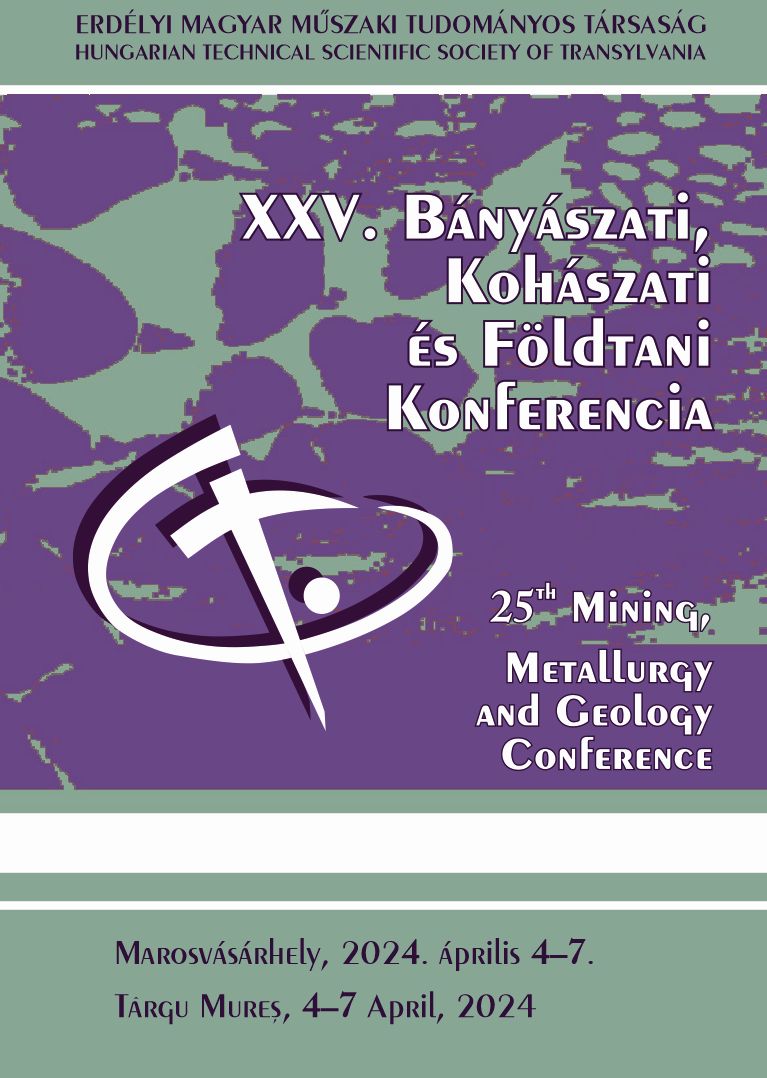A hidrogén földgázhálózatba történő bekeverése. Műszaki és üzemeltetési kihívások
Blending hydrogen into the natural gas network. Technical and operational challenges
Keywords:
földgázhálózat, hidrogén gazdaság, hidrogén-betáplálás, gázmérés, hidrogén hatásokAbstract
In the process of decarbonization, the integration of hydrogen into the existing natural gas pipeline network attracts increasing attention. By utilizing the gas network infrastructure, the high costs of a dedicated hydrogen pipeline can be avoided. However, even with a small amount of hydrogen blending, complex changes can be achieved in both the transport and thermodynamic behaviour of the mixtures. In this article we give a concise overview of the technical challenges arising from mixing, examining the changes in the most important gas properties: viscosity, density and calorific value. To achieve higher hydrogen ratios, the compatibility of the entire system, flow profile, safety and performance must also be analysed. The publication was based on analyses and laboratory studies of previous projects.
References
Topolski, K., Reznicek, E. P., Erdener, B. C., San Marchi, C. W., Ronevich, J. A., Fring, L., Simmons, K., Guerra Fernandez, O. J., Hodge, B.-M., & Chung, M. (2022). Hydrogen Blending into Natural Gas Pipeline Infrastructure: Review of the State of Technology. National Renewable Energy Laboratory. Retrieved from http://www.nrel.gov/publications,
Gondal, I. A. (2019). Hydrogen integration in power-to-gas networks. International Journal of Hydrogen Energy, 44(3), 1803-1815. https://doi.org/10.1016/j.ijhydene.2018.11.164
Diez, N. G., Van der Meer, S., Bonetto, J., & Herwijn, A. (2020). Technical assessment of hydrogen transport, compression, processing offshore. North Sea Energy.
Canadian Energy Research Institute. (2021) Canadian natural gas market supply and demand pathways of change. Calgary, AB: CERI.
Abd, A. A., Naji, S. Z., & Hashim, A. S. (2019). Failure analysis of carbon dioxide corrosion through wet natural gas gathering pipelines. Engineering Failure Analysis, 105, 638-646.
Heidaryan, E., Esmaeilzadeh, F., & Moghadasi, J. (2013). Natural gas viscosity estimation through corresponding states-based models. Fluid Phase Equilibria, 354, 80-88. https://doi.org/10.1016/j.fluid.2013.07.016
A. Hassanpouryouzband, E. Joonaki, K. Edlmann, N. Heinemann, J. Yang: Thermodynamic and transport properties of hydrogen containing streams, Scientific Data, July 2020
Y. Z. Yan, Z. Vincent, Mcdonell Vincent, Mcdonell S. Samuelsen: Influence of hydrogen addition to pipeline natural gas on the combustion performance of a cooktop burner, April 2019 International Journal of Hydrogen Energy 44(23), DOI: 10.1016/j.ijhydene.2019.03.100
Witkowski, A., Rusin, A., Majkut, M., & Stolecka, K. (2018). Analysis of compression and transport of the methane/hydrogen mixture in existing natural gas pipelines. International Journal of Pressure Vessels and Piping, 166, 24-34. https://doi.org/10.1016/j.ijpvp.2018.08.002
Quintino, F. M., Nascimento, N., & Fernandes, E. C. (2021). Aspects of hydrogen and biomethane introduction in natural gas infrastructure and equipment. Hydrogen, 2, 301-318. https://doi.org/10.3390/hydrogen2040022
Dell’Isola, M., Ficco, G., Moretti, L., Jaworski, J., Kadaga, P., & Kukulskazając, E. (2021). Impact of hydrogen injection on natural gas measurement. Energies, 14 (24). https://doi.org/10.3390/en14248461
www.inficon.com].
Perkin Elmer: Transforming Together, Annual Report 2021.
www.thermofisher.com
Agilent: Advancing Quality of Life, Fiscal Year 2021 ESG Report
A, Raju, A. Martinez-Morales: Hydrogen Blending Impacts Study 2022. The California Public Utilities Commission, Final Report, Riverside


